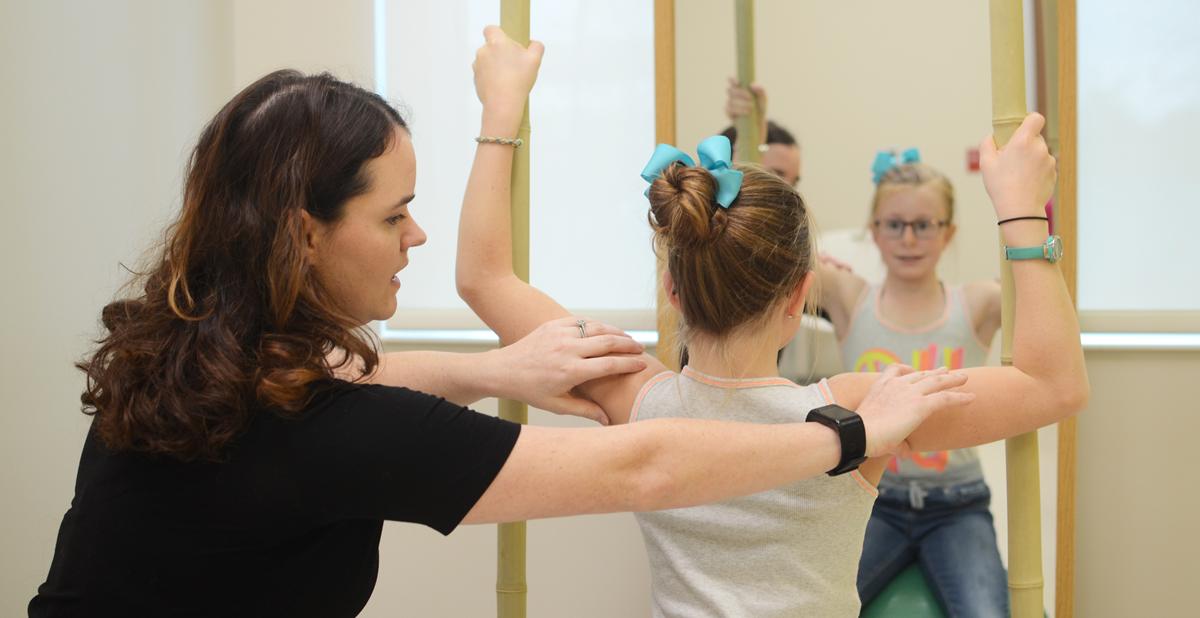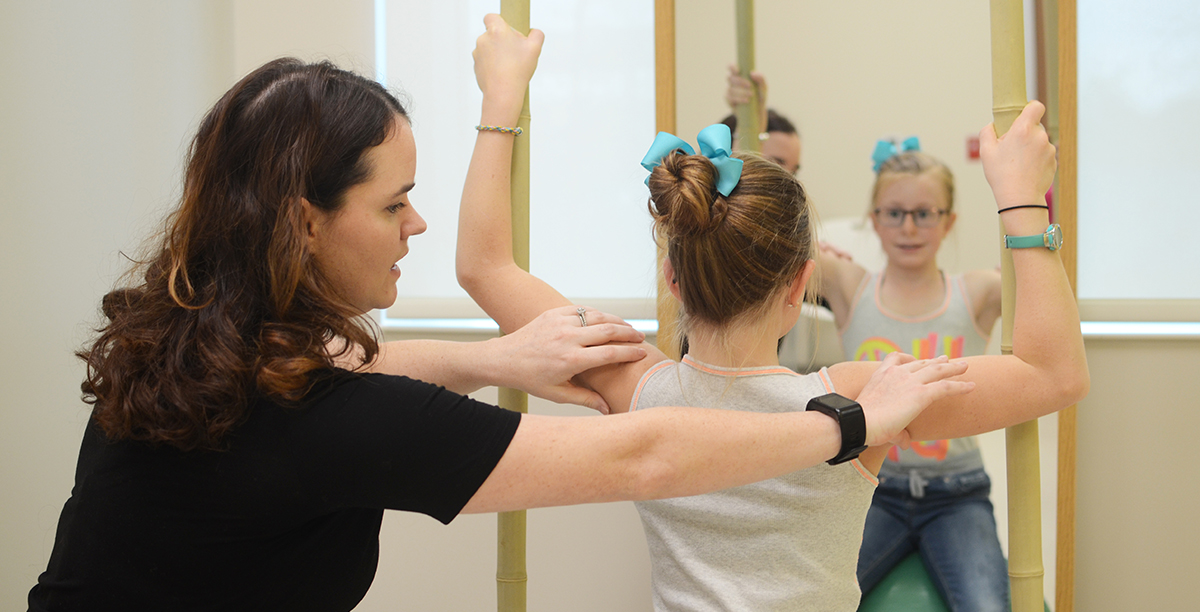If your child has scoliosis, chances are you’ve already discussed many treatment options with a pediatric spine specialist. The specialist may have recommended a “wait and see” approach to determine whether your child’s curve gets worse or stays the same. You may have...




